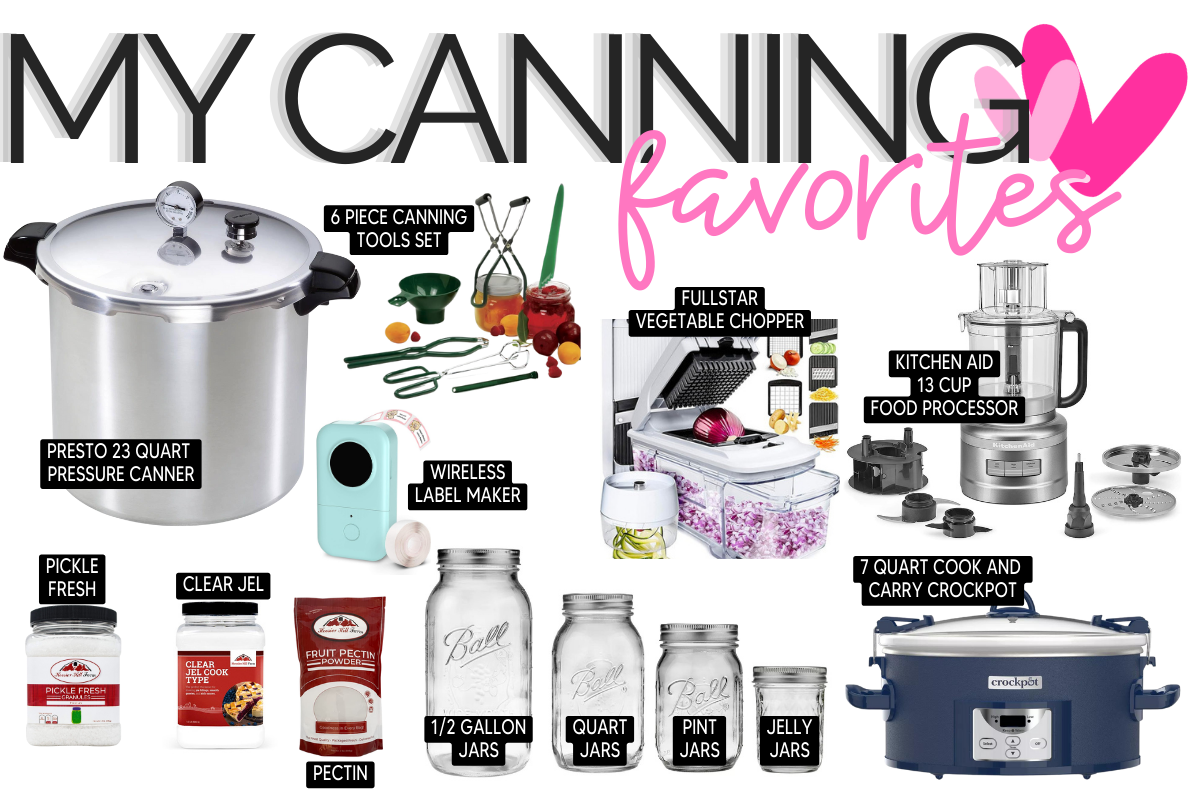HOMESTEAD LIFE: PEACH SYRUP
Every year one of the kid’s groups at our church does a fundraiser with Palisade Peaches in CO. They are SO delicious but I always get way too many to eat before they go bad. So this year I decided to try my hand at canning them, making a fruit butter and making peach syrup.
At least 2 cups of Peach scraps (skins, pits, and leftovers)
Sugar
Optional: Pressure Canner (I prefer the 23 quart Presto Canner)
As I peeled and cut my peaches for canning, I collected all of the skins and pits in a large ziploc. You can keep this in the freezer until you are ready to make syrup with it. You will need at least 2-4 cups of peach scraps to make syrup. The more scraps you have, the more syrup you will get.
In a large stockpot, combine peach scraps and enough cold water to cover the scraps completely.
Bring everything to a boil. Once boiling put your lid on the stockpot, turn the heat down and allow to simmer for at least 45 minutes. Keep an eye on your water because you do not want it to boil dry.
When you are done simmering, discard scraps. Then using a mesh strainer, strain remaining liquid in order to discard any remaining scraps.
Measure how much liquid you have after straining with a sieve. I poured the liquid into half gallon mason jars to measure.
Add double the amount of sugar as you have liquid. I had 8 cups of liquid, so I added 16 cups of sugar. Bring mixture to a boil, once all sugar is dissolved let it continue to simmer for 10 minutes or until it thickens, stirring occasionally. The consistency will be slightly thinner than pancake syrup.
To store the syrup, you can pour into sterilized jars and store in the refrigerator to use over the next few days or you can preserve the peach syrup by water bath canning them.
Peaches have a higher acidity level, so they are safe to can using the water bath method.
To can peach syrup:
Prepare jars and lids by sterilizing in boiling water.
Place canning rack on the bottom of the canner. In your pressure canner (or stockpot for water bath canning), fill halfway with water and bring to a slow simmer.
Fill sterilized jar to 1 inch head space. Use a bubble remover tool to go around the edges and make sure there are no bubbles in the bottom. Wipe rims. Secure lids and rings to fingertip tight.
Lower jars into water. There should be about 2 inches of water above the jars once they are all in.
Increase heat so that the water comes to a vigorous boil. Once boiling, place the cover on top and set the time for 10 minutes (adjusting for altitude) and turn heat down to maintain a gentle boil.
When time has completed, turn off heat and remove cover. Let canner cool for 5 minutes before removing jars.
Remove jars using the jar lifter. Place jars on a towel or cooling rack, 1 inch apart. Allow jars to cool naturally (and undisturbed) for 12 to 24 hours before checking for a seal.
Why do you can food?
I’m a modern homesteader. I have a small garden in the spring and summer that we eat fresh vegetables from. However when I’m thinking about creating a food reserve, I’m thinking about it in a very practical way for my family.
I only preserve items that my family consumes on a regular basis. We pull from our canning reserve regularly. We also replenish it regularly. Therefore I am always looking for sales on the things we eat on a regular basis or that I can use to make ready-to-go meals like chili, soups, meat bases (spaghetti meat, taco meat, etc.) and staple items that I use regularly in the kitchen.
Why do you can staple items like flour, milk and butter?
As grocery store prices continue to rise and grocery shortages continue to be a very real issue, I like the peace of mind knowing that my family is taken care of and that if I want to bake a cake or make bread, I’m able to do so.
Are you a prepper and building up a food reserve?
I like to refer to myself as a modern homesteader and when thinking about taking care of my family often revert back to the ways of the woman in Proverbs 31. My family very much enjoys the modern amenities that we have, I still place a Walmart grocery order every week and we don’t have a bunker (much to my husband’s dismay), BUT I do believe that it is wise to prepare for the unexpected. That includes job loss, financial setbacks, grocery shortages, inflation, etc.
Disclaimer: This post may include affiliate links. By shopping through these links, we receive a small commission through affiliate programs like Amazon Associates, RewardStyle and LikeToKnowIt, all at no cost to you.












